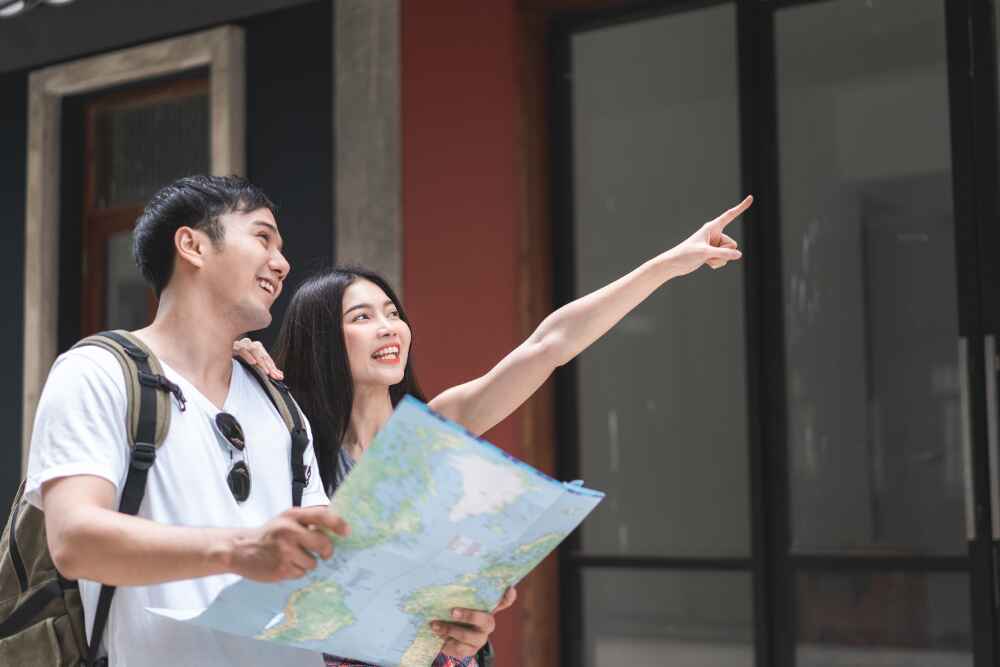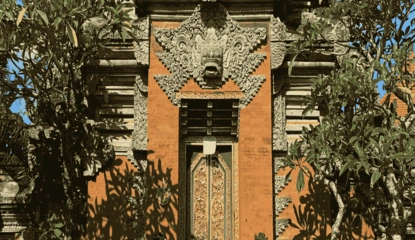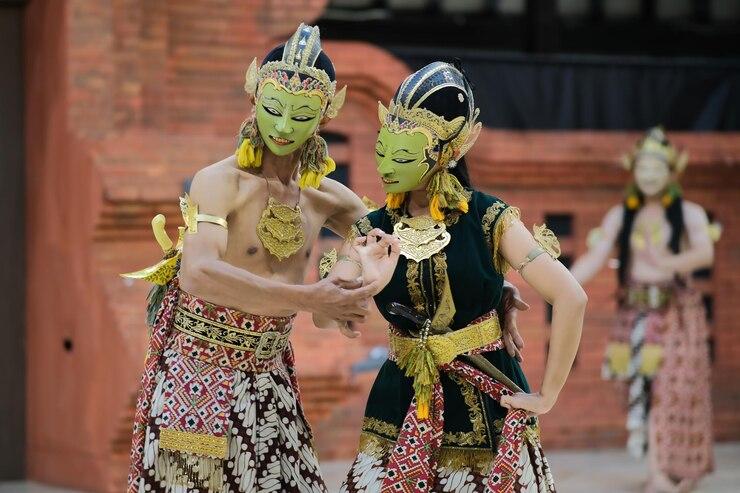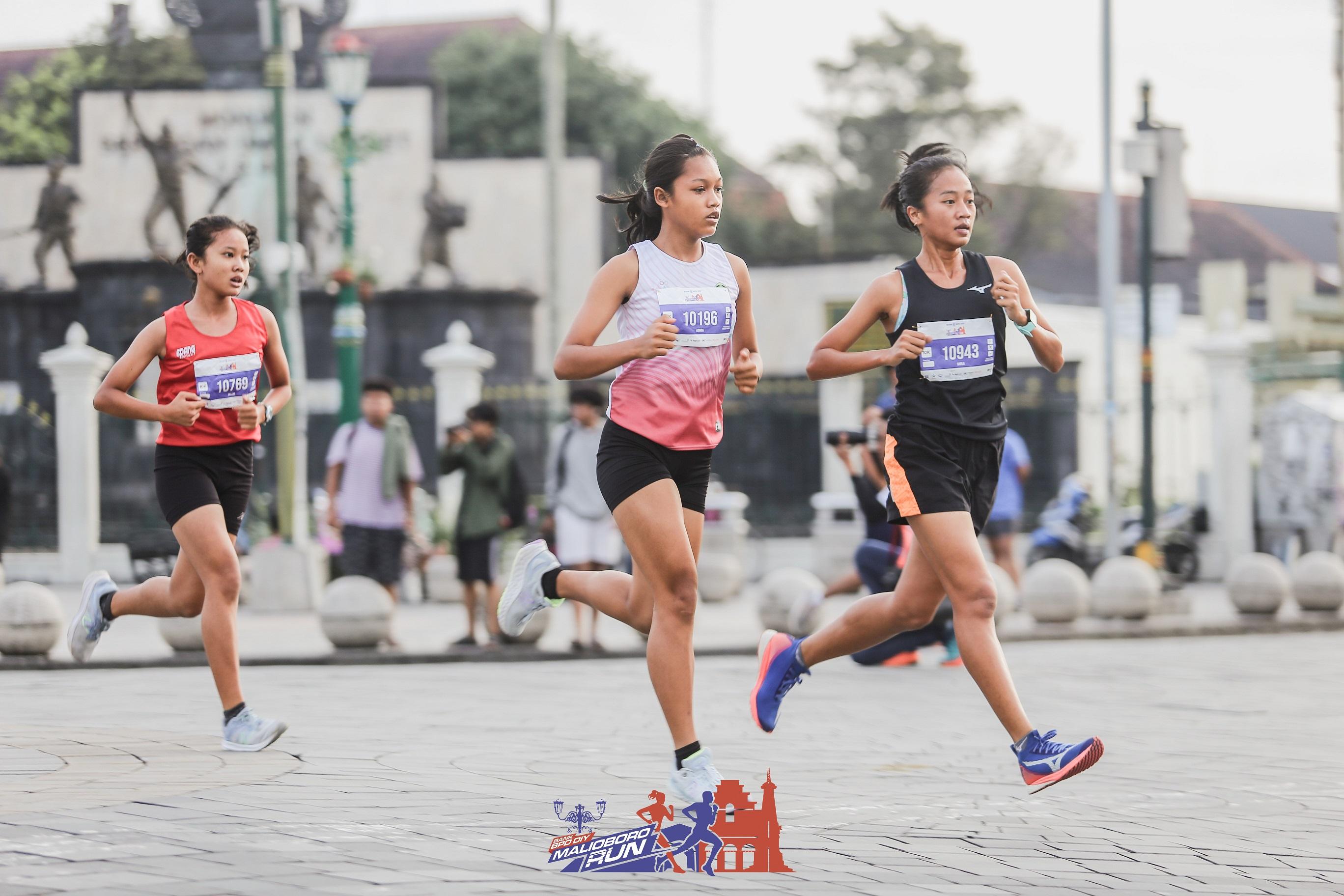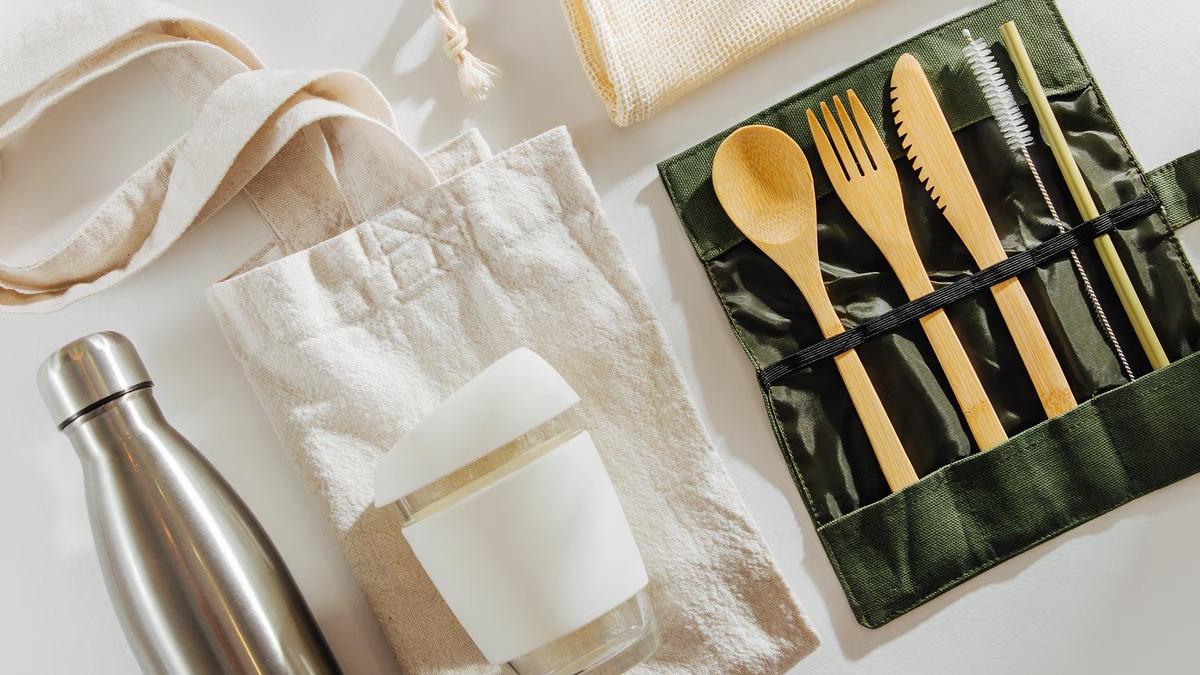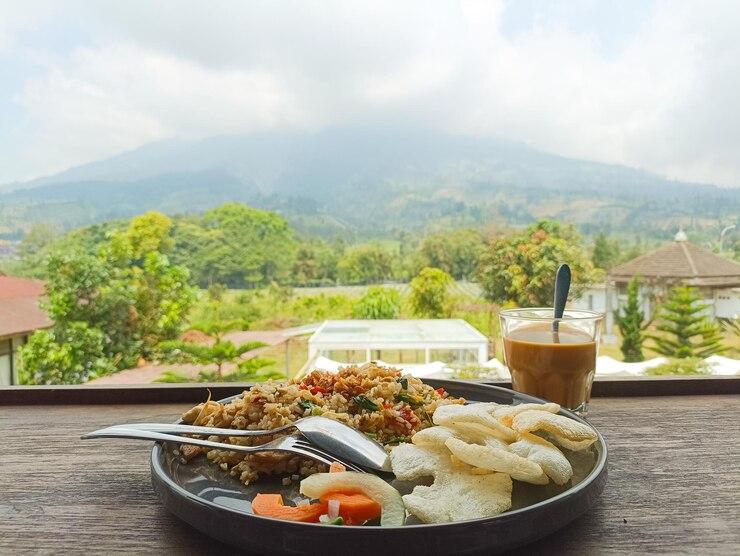The Special Region of Yogyakarta is not only rich in culture and traditions but also has a legacy of traditional clothing that reflects the noble values of Javanese society. Yogyakarta’s traditional attire is categorized into different types based on its function and usage. Below are three types of Yogyakarta’s traditional clothing, each with its own uniqueness in design, philosophy, and role in daily life.
1. Surjan and Jarik: The Traditional Attire for Men with Deep Meaning
Surjan is a traditional men's attire from Yogyakarta, often associated with nobility and wisdom. This long-sleeved shirt features a high collar and typically has lurik (striped) patterns or comes in plain dark colors. Surjan is commonly paired with jarik batik, blangkon (traditional headpiece), and epek or timang (waist belt).
Symbolism and Philosophy of the Patterns
The lurik motif on Surjan is not just an ordinary striped pattern. In Javanese philosophy, it symbolizes simplicity and discipline, reflecting humility and perseverance in a Javanese man’s life. The dominant dark or brown colors also represent calmness and maturity in thought.
Originally, Surjan was worn exclusively by royals and government officials, but today, it has become part of official traditional attire used in various ceremonies and cultural events.
2. Kebaya and Jarik: The Elegance and Grace of Javanese Women
For Yogyakarta’s women, kebaya is the traditional attire that symbolizes modesty, gentleness, and dignity. Compared to other regions' kebayas, the Yogyakarta kebaya has a simpler design but remains elegant with a form-fitting cut. Typically, kebayas are in white or pastel colors, highlighting the softness and grace of Javanese women.
The kebaya is paired with jarik batik, which features various motifs, each carrying its own meaning:
Parang Motif: Symbolizes determination and bravery.
Sido Mukti Motif: Represents hopes for a happy and prosperous life.
Kawung Motif: Signifies purity and wisdom.
Additionally, women wearing kebayas often style their hair in a sanggul (traditional bun), adorned with hairpins and jasmine flowers, symbolizing purity and elegance.
3. Paes Ageng: The Royal Wedding Attire of Great Honor
Paes Ageng is the traditional wedding attire of Yogyakarta, originating from the royal palace traditions. It consists of the dodot (kampuh) and paes, which symbolize nobility, grandeur, and the dignity of the bridal couple.
Unique Features and Philosophical Meanings
Paes: The black-painted forehead decoration on the bride, symbolizing perfection and honor. In palace traditions, only royals were allowed to wear it, but today, it has become widely used in Yogyakarta’s traditional weddings.
Dodot or Kampuh: A long cloth worn by both the groom and bride, usually featuring batik patterns unique to the royal family.
Siger and Cunduk Mentul: The bride’s head ornaments that symbolize elegance and the wisdom of Javanese women.
Brokatan and Gold Accessories: The Paes Ageng attire is often decorated with golden threads and dazzling jewelry, signifying social status and the opulence of royal traditions.
These traditional attires of Yogyakarta are more than just clothing—they are a living cultural heritage that embodies the wisdom, elegance, and noble values of Javanese society. Whether worn by men in the dignified Surjan, by women in the graceful Kebaya, or by newlyweds in the majestic Paes Ageng, each piece tells a story of tradition, legacy, and honor.


